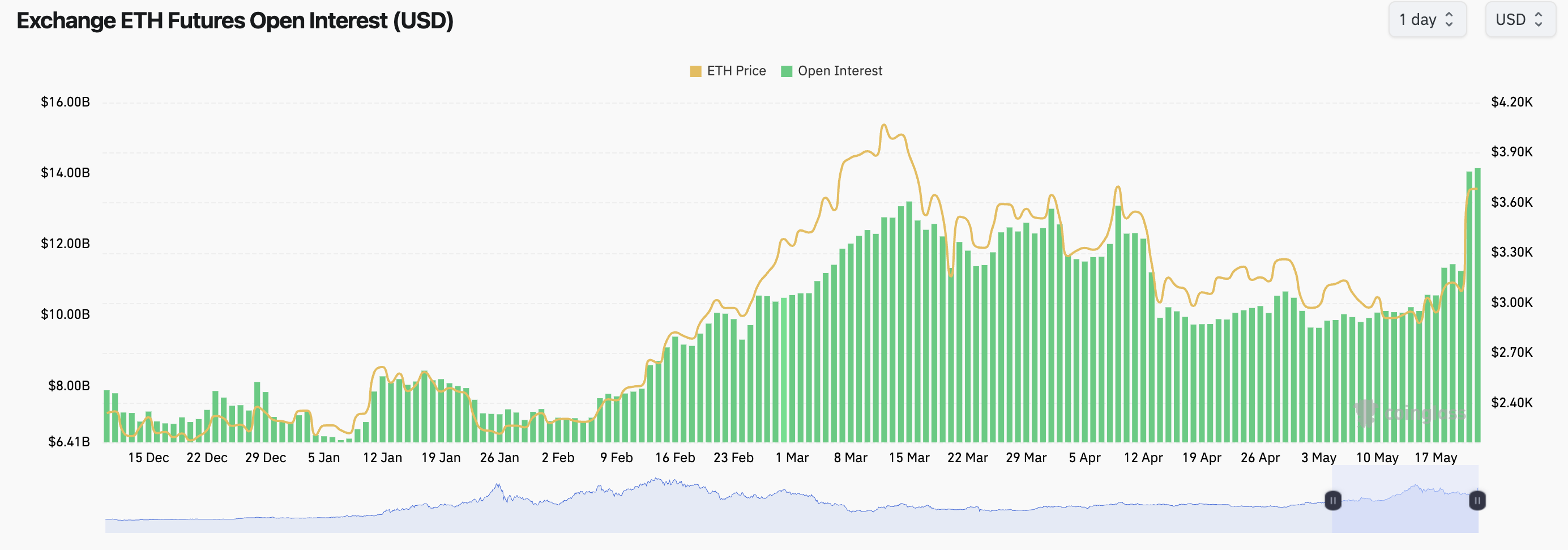Bitcoin’s price tumbled to $67,000 due to a market correction, with the price falling as low as $67,000 during Asian trading hours, representing a 7% decrease. This decline was attributed to profit-taking and market corrections, which are common occurrences in the crypto market.
As of this writing, the current value of Bitcoin (BTC) is $67,443.55, reflecting a decrease of 0.1% from one hour ago and a decline of 7.2% since yesterday. The present value of Bitcoin is 0.1% higher than its value from seven days ago.
At $2.67 trillion, the current value of the global crypto market cap is -7.96% in the last twenty-four hours and 140.29% a year ago. At present, BTC holds a market cap of $1.32 trillion, signifying a dominance of 49.34%. Stablecoins, meanwhile, have a market cap of $149 billion, or 5.57%, of the total crypto market cap.
Bitcoin lives up to its volatility nature
Bitcoin fell to a one-week low in tumultuous trade on Friday, as investors profited from its run to a record high and another upside surprise on US inflation dampened expectations for early rate reduction, reducing demand for risky assets.
While it has subsequently rebounded to more than $70,000, it remains below its all-time high of $73,700, set yesterday. Other assets, such as gold and Wall Street’s tech-heavy index Nasdaq, have also been under pressure this week.
Some analysts view BTC’s drop from record highs as a normal bull trap following rapid uptrends. The drop is due to several factors, including fears about growing prices and anticipated selling pressure from Grayscale.
According to data from the Labor Department’s Bureau of Labor Statistics, consumer prices increased 0.4% last month and 3.2% year on year, which is higher than predicted. This has fueled concerns that the Federal Reserve will not drop interest rates in May as expected, causing a sell-off in digital assets and stocks.
Furthermore, Grayscale has been transferring a considerable amount of Bitcoin to its custodian, Coinbase, perhaps for sale. According to Arkham Intelligence data, Grayscale transferred over $400 million worth of Bitcoin to Coinbase today.
Grayscale’s selling pressure is the result of investors redeeming their shares in its Bitcoin Trust ETF, which was converted from a closed-end fund in January. This has increased the quantity of Bitcoin in the market, placing downward pressure on its price.
Despite the Grayscale redemptions, net inflows to other Bitcoin ETFs have achieved all-time highs, demonstrating that investor interest in the cryptocurrency remains strong.
External TradFi factors burn through crypto
Markets reacted by reducing the likelihood of a Fed easing cycle beginning in June, with futures currently indicating a about 60% chance of a rate cut that month, down from approximately 74% a week ago, according to the CME FedWatch tool.
A higher-for-longer rate scenario, particularly in the United States, is usually terrible for risky assets like cryptocurrency.
Still, bitcoin is about 60% higher year to date, aided by a crypto frenzy fueled by flows into U.S. spot exchange-traded crypto products, and traders remain widely focused on the potential of global interest rates falling by the end of the year.
In a sign of confidence in bitcoin’s bull run, software business MicroStrategy announced plans to acquire capital through a convertible bond offering to buy bitcoin for the second time in less than ten days.
On March 5, the business announced a $600 million private offering of convertible notes to enhance its exposure to the booming digital market. Ether, the second-largest crypto too reached a one-week low, falling more than 7% to $3,682.
A renowned analyst, Rekt Capital, warns that Bitcoin is approaching the “Danger Zone,” which has traditionally been connected with pre-halving retraces. In a recent X post, Rekt Capital released an analysis indicating that Bitcoin is about to enter the “Danger Zone” in four days.
Meanwhile, he observes that past data shows retraces of 20% in 2020 and 40% in 2016, which occurred 14-28 days before the Bitcoin halving. Bitcoin is presently roughly 32 days away from the event and has experienced an 11% drop this week, so investors are keenly awaiting developments.





